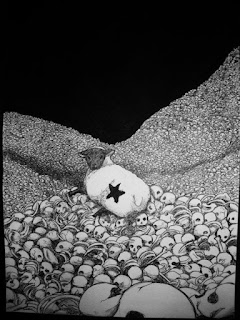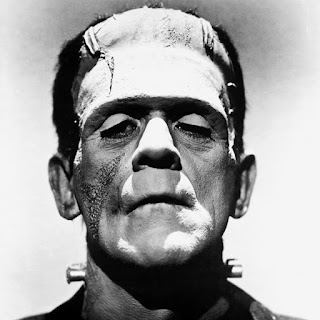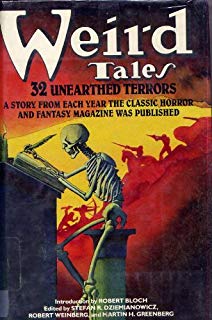The Hobbit and The Hero's Journey
Tolkien’s renowned work, The Hobbit, reflects several aspects of the classic hero’s journey. In fact, the story can be regarded as a prime example of the journey. At the very beginning, Bilbo Baggins is content with his life at Bag’s End, living the life that every hobbit yearns for: a humble, quiet life with a love for food and drink. However, this is all overhauled when the great wizard Gandalf “convinces” Bilbo to go on an adventure, this story’s “call to action”. Of course, Bilbo turns it down at first until he forced to do so, a common reaction in stories with the hero’s journey structure. As the story continues, the journey continues with Bilbo’s tests and ordeals that challenge his views, culminating into a major character change after the spider attack. After killing the spider, he even describes himself as a “different person”. Afterwards, he names his sword, which is commonly done in epic literature as a symbol of heroism. After this point, this is the first time in the story where he is the one determining the plans and courses of action, such as freeing the dwarves from the spiders’ webs.
Bilbo’s challenges culminate until just after his defeat of Smaug, the literal dragon battle of the story. While we think at this point Bilbo’s been pushed to his limits, we realize that Bilbo’s truly toughest choice is whether or not he should leave the dwarves, his companions throughout this journey. After Smaug’s defeat, we see the dwarves’ true extent of their greed and what they are willing to do to get what they want, thus making them appear more villainous. Meanwhile, Bilbo leaves them to give Bard, a human, and the wood elves of Mirkwood the Aarkenstone in order to prevent a war. Even though Bilbo is betraying his companions, Bilbo is ultimately choosing the path of the greater good to bring peace. This is the major difference between most classic literature following the hero’s journey, where loyalty to one’s family or friends is favored. After the Battle of the Five Armies, where the armies of the humans, elves, and dwarves fight against the goblins and wargs, Bilbo returns home, like the ending of the classic hero’s journey. However, Bilbo becomes a sort of pariah among the hobbits, reflecting the change the hero always struggles with after coming home after a journey. Bilbo, despite this, remains content with the outcome of his journey and the comforts of his home in Bag’s End.




I definitely agree with your statement. I found that this was pretty much the typical hero's journey, but I hadn't thought of the ending being much different from the usual so that is an interesting take! The theme of loyalty to friendship/ family is very present in heroic journeys so I can see where that differs from the hero trope. Good job!
ReplyDelete